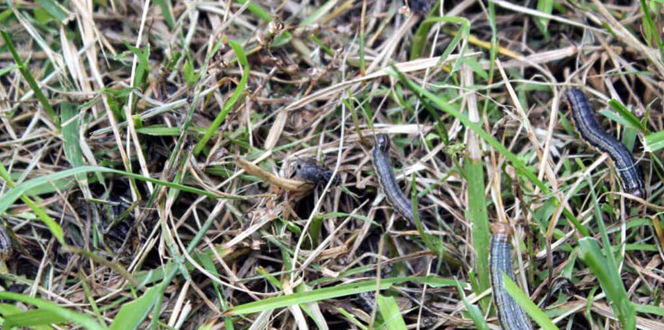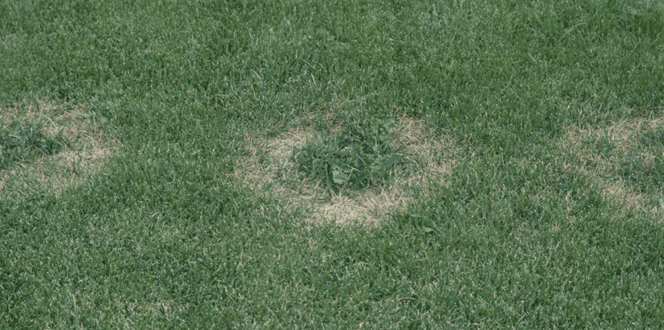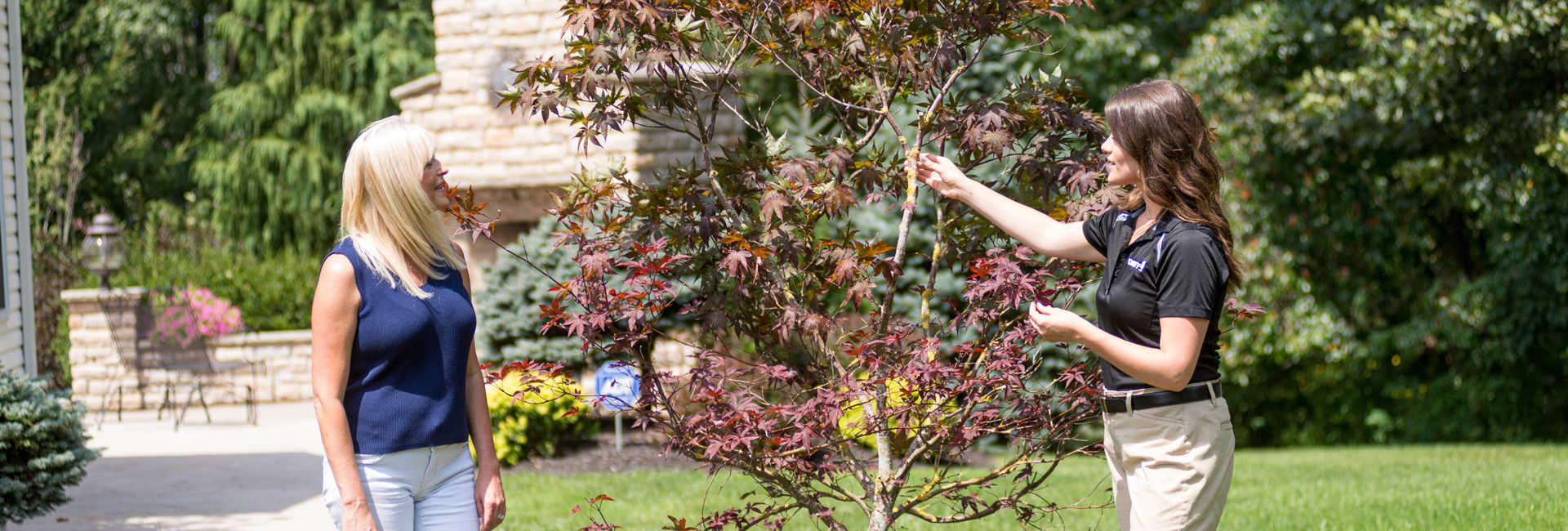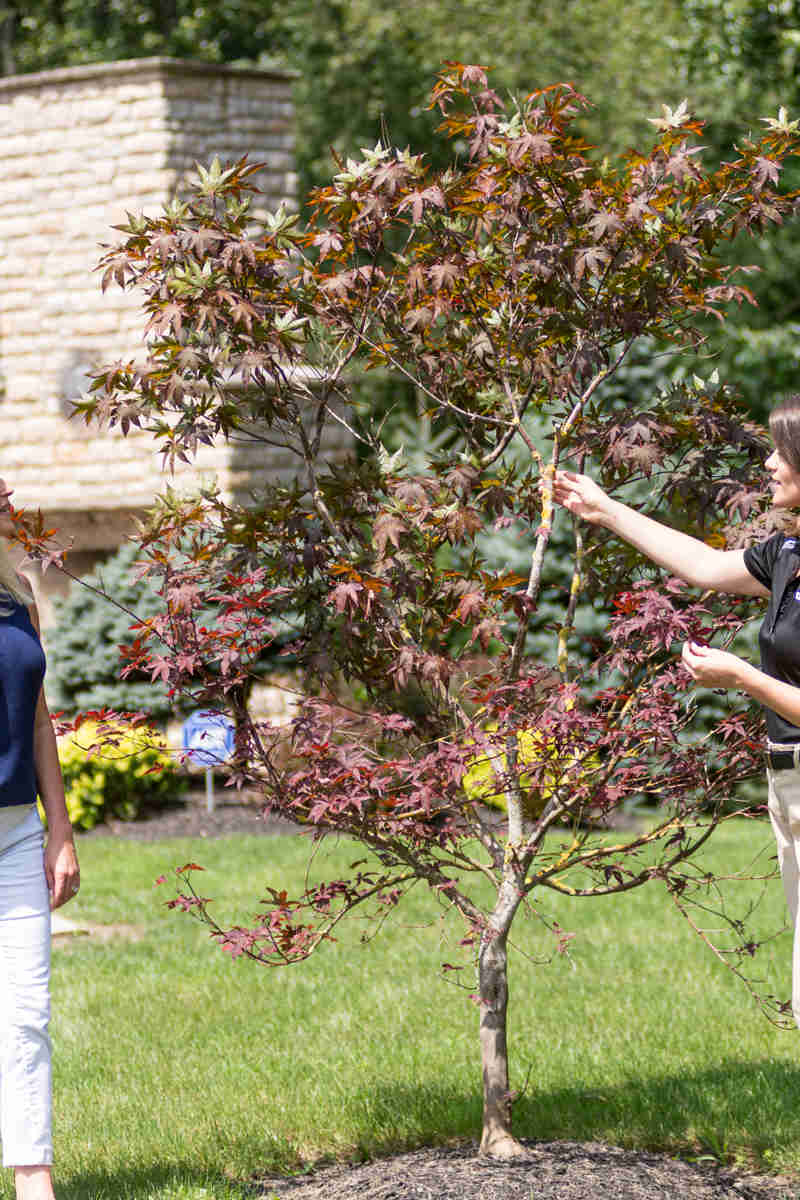Lawn Thatch Description:
Thatch is a dense buildup of grass stems, roots and blades that accumulates between the leaf blade base and the surface of the soil.
Hosts:
Thatch can be found anywhere that turfgrass grows.
Biology & Symptoms:
Thatch builds up when material accumulates faster than it can decompose. Initial symptoms may be turfgrass that appears to be under stress and becoming desiccated and brown. Further signs can be found by cutting a wedge, shaped like a piece of pie, out of the grass and inspecting it at a closer level. If there is a dark, spongy layer between the blades and soil, it could be thatch. Damage can include overall decrease in turf vigor, with a noticeable change in color and growth. A thick layer of thatch (more than 3/4 inch) may reduce water and fertilizer movement to the roots.
Management:
Although it is possible to remove thatch, it is much easier to prevent it. Managing the pH levels in your soil, using proper fertilization methods, removing excess grass clippings and encouraging deep rooting with proper irrigation can help prevent thatch from building up. Removing thatch is possible through core aeration. Core aerifiers remove plugs of soil to break apart the thatch. If you think your lawn may be struggling from thatch, consult your local landscape professional to see which method is right for your property.





